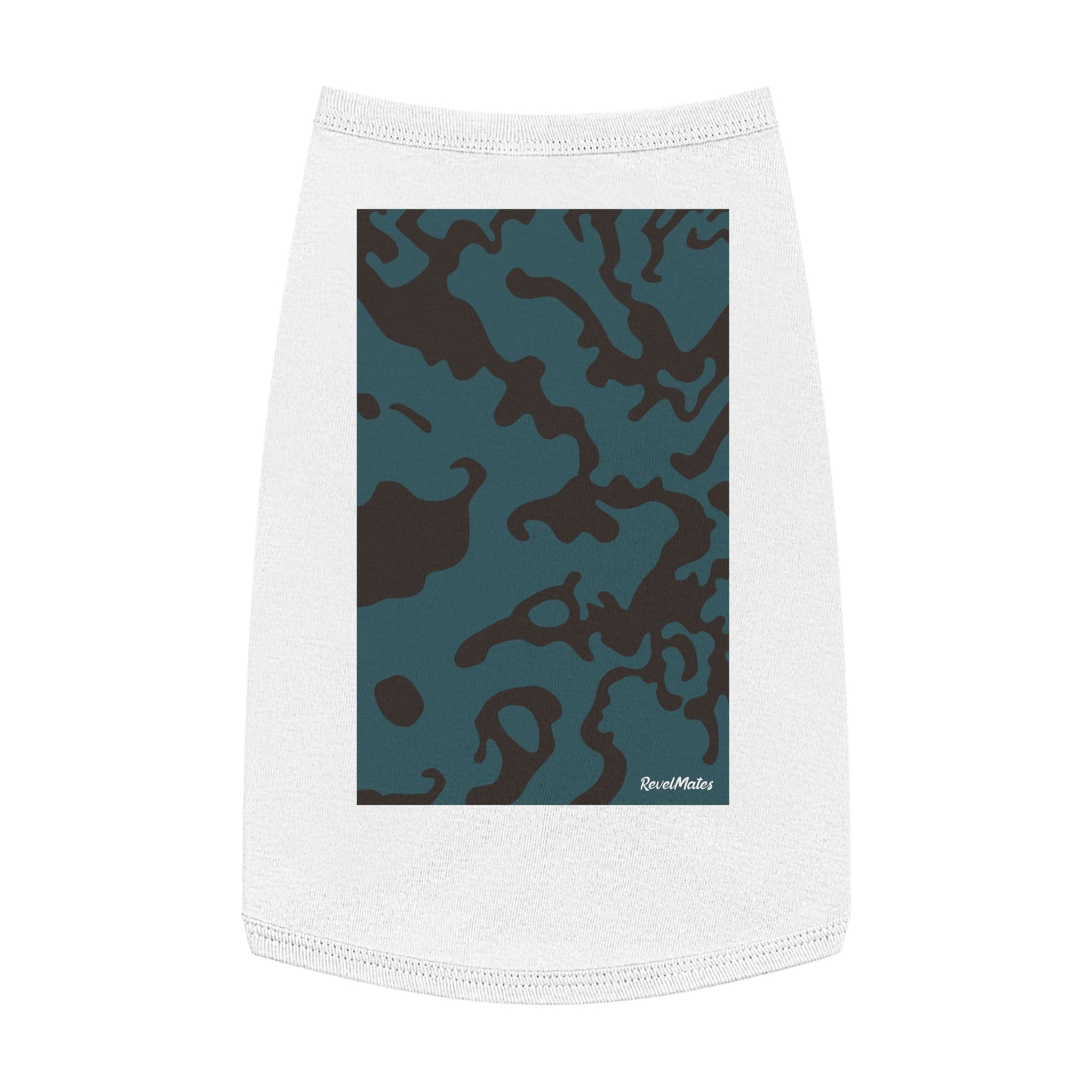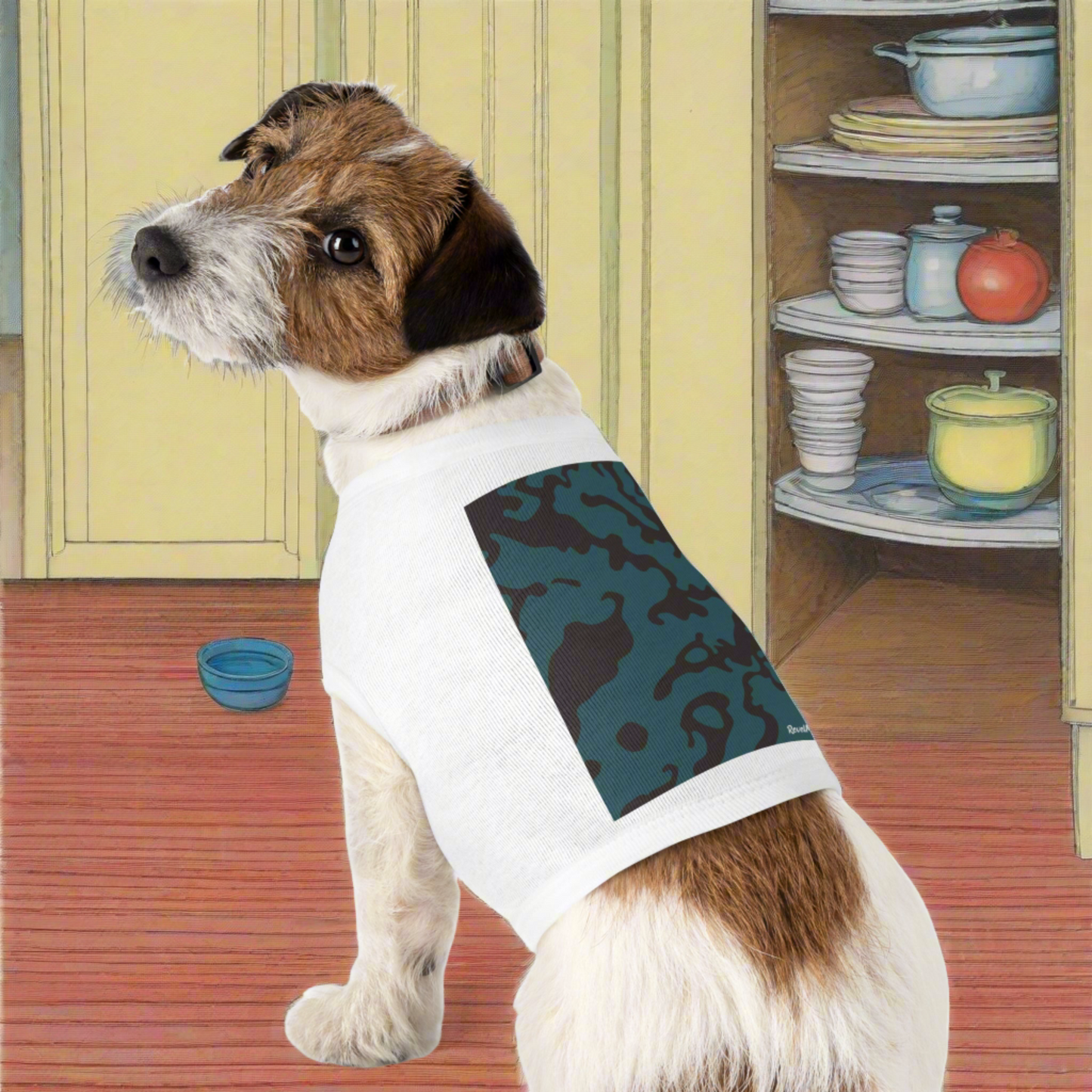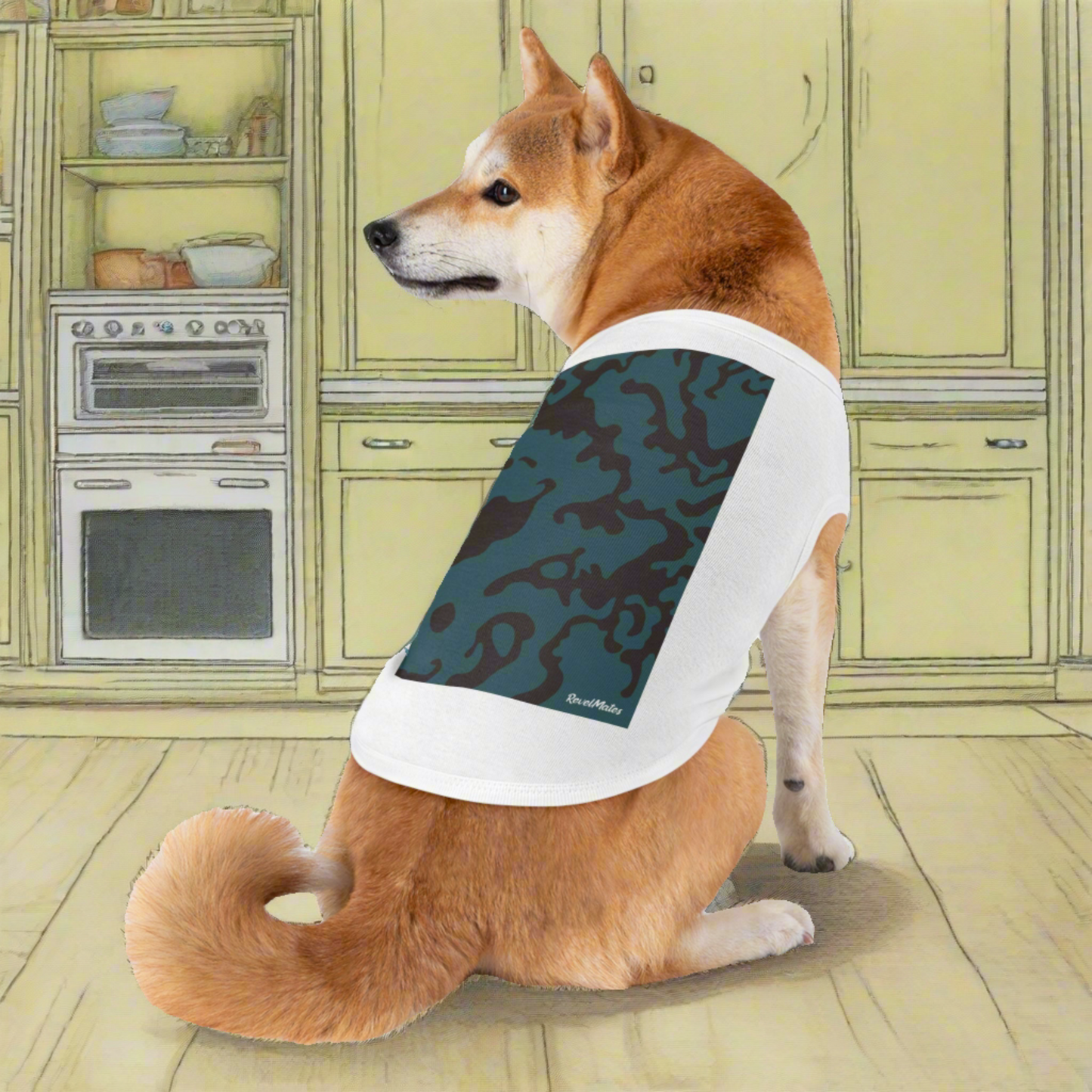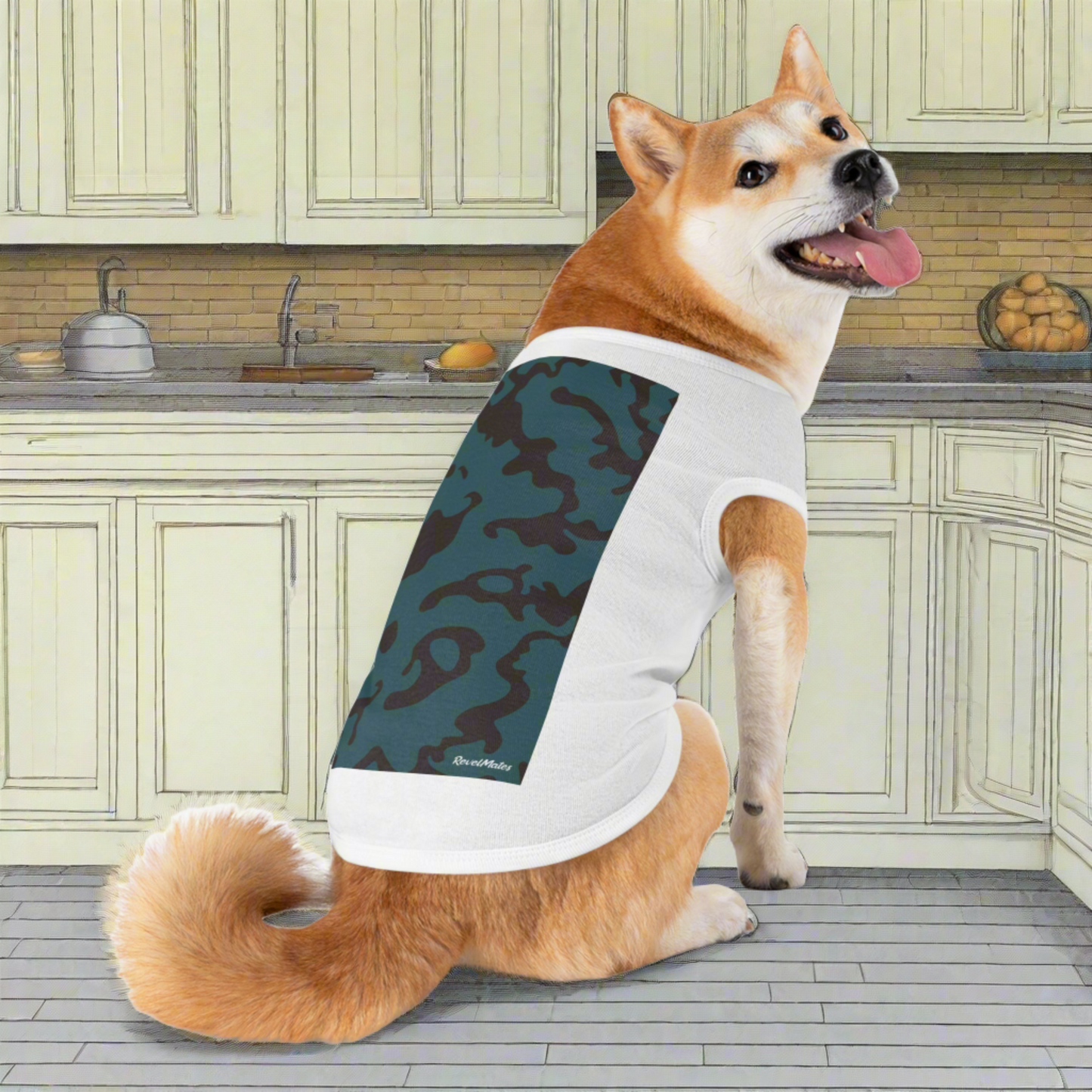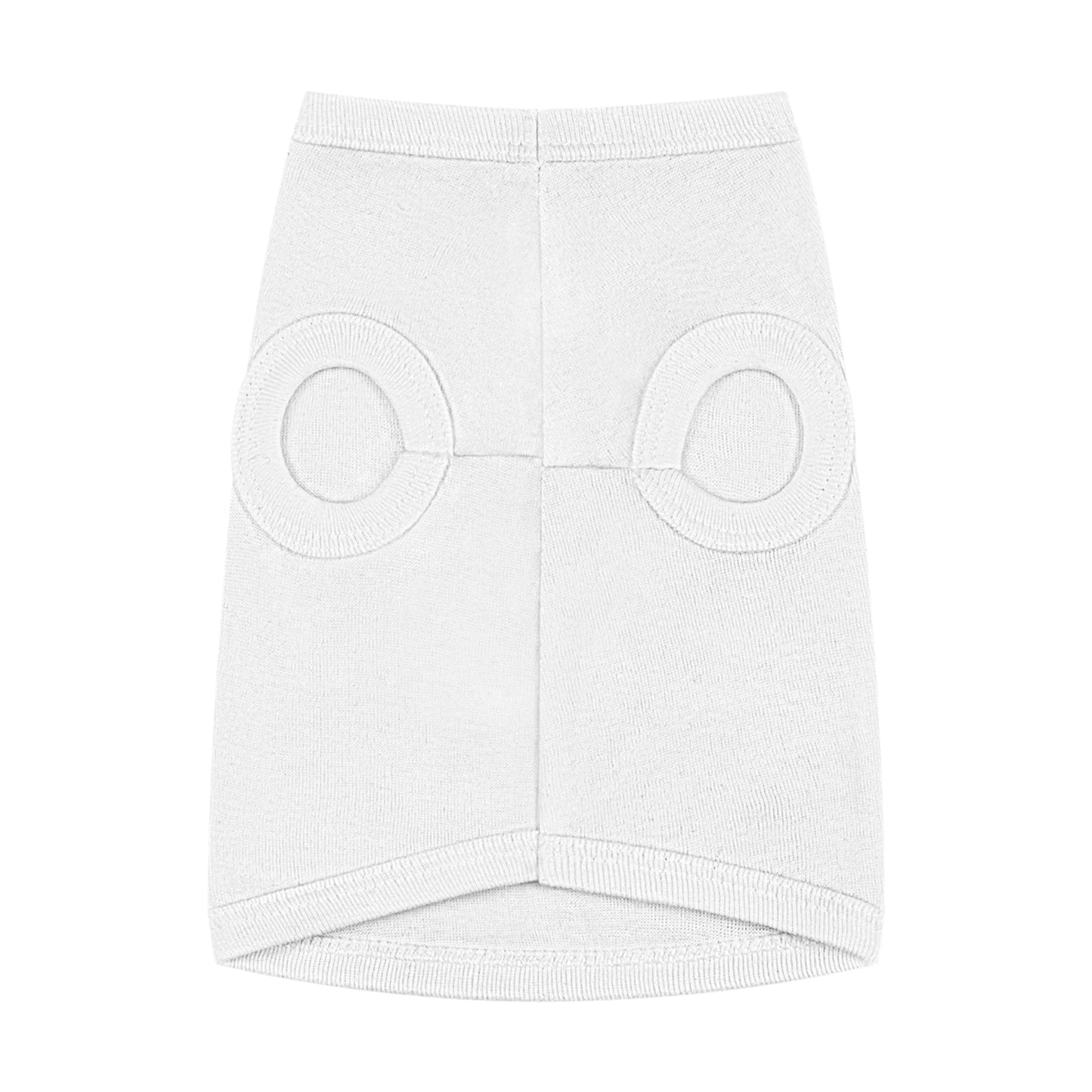Get 10%OFF your FIRST purchase when you SUBSCRIBE!
Pet T-Shirt | Camouflage Turquoise & Brown Design
Pet T-Shirt | Camouflage Turquoise & Brown Design
No se pudo cargar la disponibilidad de retiro
These Pet T-Shirts are a must-have for keeping your tiny (or not so tiny) pet warm and stylish. Made with 100% cotton this T-Shirt is safe to machine wash and comes in sizes from M to XL.
🐾 100% combed ringspun cotton; Heather gray is 93% cotton and 7% polyester
🐾 Medium fabric (5 oz/yd² (169 g/m²))
🐾 EasyTear™ label
❗️Pre-constructed item. Size variance +/- 1" - 2" (2.5 – 5.0 cm)
❗️We recommend sizing up for breeds with larger chests. Pet T-shirts run small
Fabric
Made from specially spun fibers that make strong and smooth fabric
Rib Knit
The 1x1 rib knit makes the fabric highly elastic and helps retain its shape
Double-needle ribbed binding
Binding on the neck and armholes provides clean garment lines and prevents stretching
Care instructions: Machine wash: cold (max 30C or 90F); Do not bleach; Tumble dry: low heat; Do not iron; Do not dryclean.
All measurements in the table refer to product dimensions.

Please Note
Please Note
• For DTG (direct-to-garment printing method) products, there is a tolerance of 0.5" (1-1.5cm) for print placement, meaning that minor variations in the placement of the print will not be considered as defects.
• A faint odor is a natural occurrence in the DTG printing industry. Typically, the odor will disappear after the first wash.
• Due to differences in monitor screens, colors may appear slightly different in print than what you see on your screen.
• The same design can appear different after printing on two different products. This largely depends on the material printed. For example, one t-shirt style may have awesome ink absorption, resulting in a sharp-looking finish. However, that same design on another product (maybe a thick hoodie) might appear less intense (DTG prints on blended fabric will look less crisp than on a 100% cotton material). This discrepancy can be due to the fabric used (cotton, polyester, rayon, blend, etc.), the thickness of the cloth, differences in dying technologies/processes, and other factors.
Compartir
